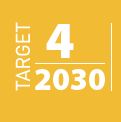





Central Turning Lane Full Length
Painted central medians separate traffic travelling in opposite directions on undivided roads. This reduces the risk of head-on crashes.
If there is enough room, the median can contain a turn lane that continues along the length of the road, and allows vehicles to turn into driveways or streets on the opposite side of the road without stopping traffic. These lanes are sometimes constructed through the removal of one or more through lanes.
Two-way turning lanes are typically used in busy urban areas with closely spaced access points. A single lane is marked in the centre of the road to provide an area for vehicles travelling in either direction to slow down before turning across traffic into significant driveways. This type of lane also provides a space for drivers of turning vehicles who must wait for an adequate gap in on-coming traffic. In areas where there is pedestrian activity, these lanes may provide some protection to pedestrians crossing the road, and can be coupled with pedestrian treatments such as pedestrian refuge islands to provide added security.
A two way turn lane can also be used as an emergency lane for traffic to bypass crashes and stalled vehicles and can allow emergency vehicles to reach their destination faster.
- Reduced head-on crashes.
- Reduced rear-end and turning crashes.
- Improved traffic flow.
- Some reduction in speeds.
- Two way turning lanes should not be used at intersections.
- Appropriate pedestrian protection should be used in areas with pedestrian activity.
- Two way turning lanes can encourage inappropriate development along the road, so they are best used as a solution for existing roads where more advanced access controls are not possible.
The Star Rating Demonstrator is a freely available tool with the iRAP online software, ViDA. With the Star Rating Demonstrator, it is possible to explore the impact that this Safer Roads Treatment has on risk.
Treatment Summary
Costs | Low |
Treatment life | 1 year - 5 years |
Potential casualty reduction | 10-25% |
Case Studies
Related Images
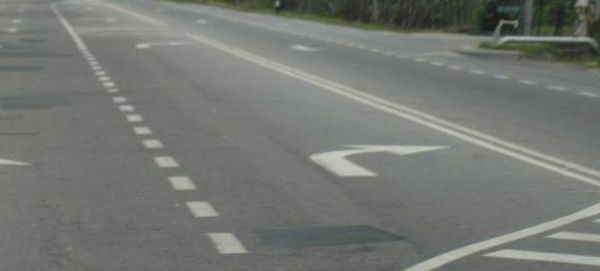 Central turning lane in Malaysia. Image credit: iRAP
Central turning lane in Malaysia. Image credit: iRAP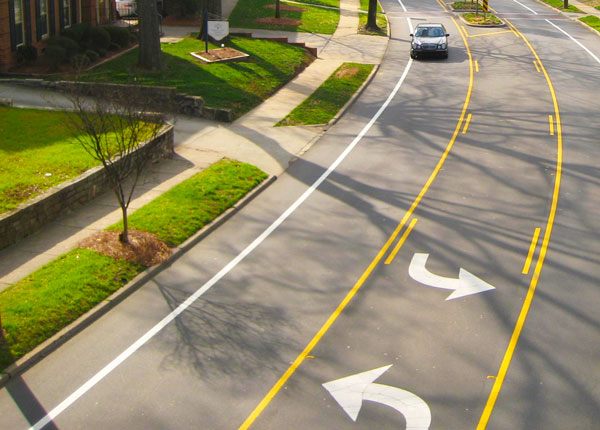 Central Turning Lane. Image credit: Unknown
Central Turning Lane. Image credit: Unknown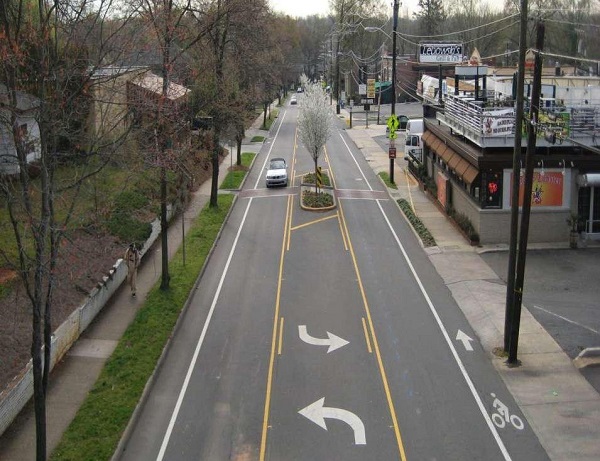 Central Turning Lane Example. Image credit: Unknown
Central Turning Lane Example. Image credit: Unknown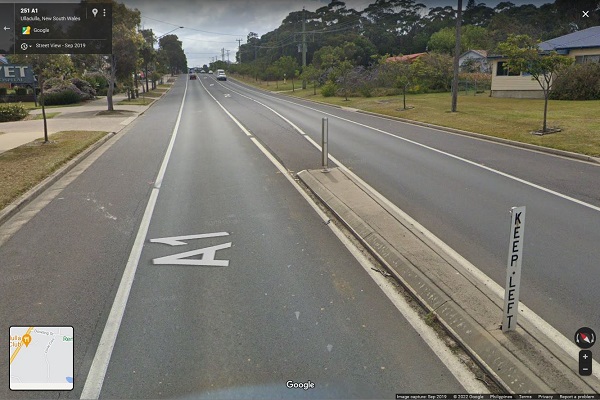 Central turning lane in Australia. Image credit: Google Street View.
Central turning lane in Australia. Image credit: Google Street View.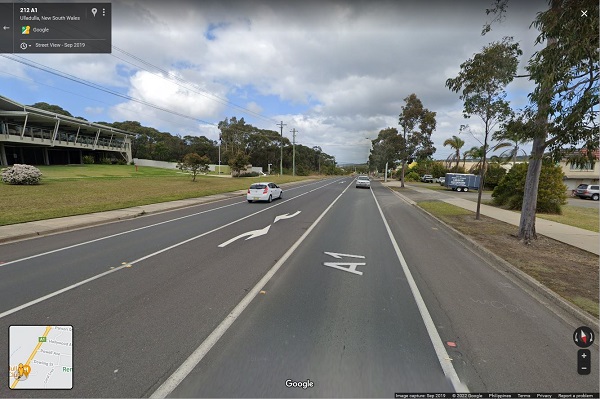 Central turning lane in Australia. Image credit: Google Street View.
Central turning lane in Australia. Image credit: Google Street View.










